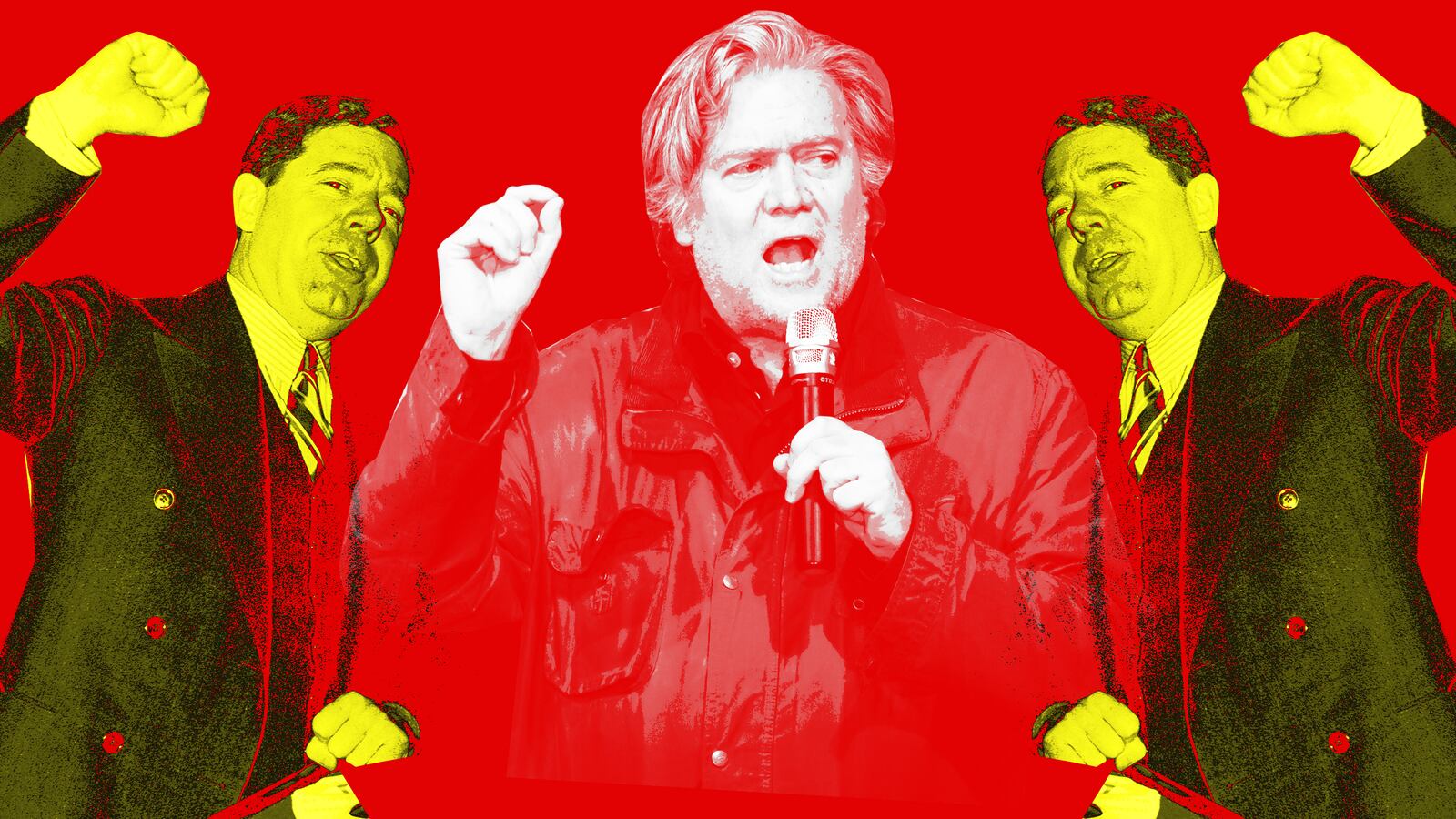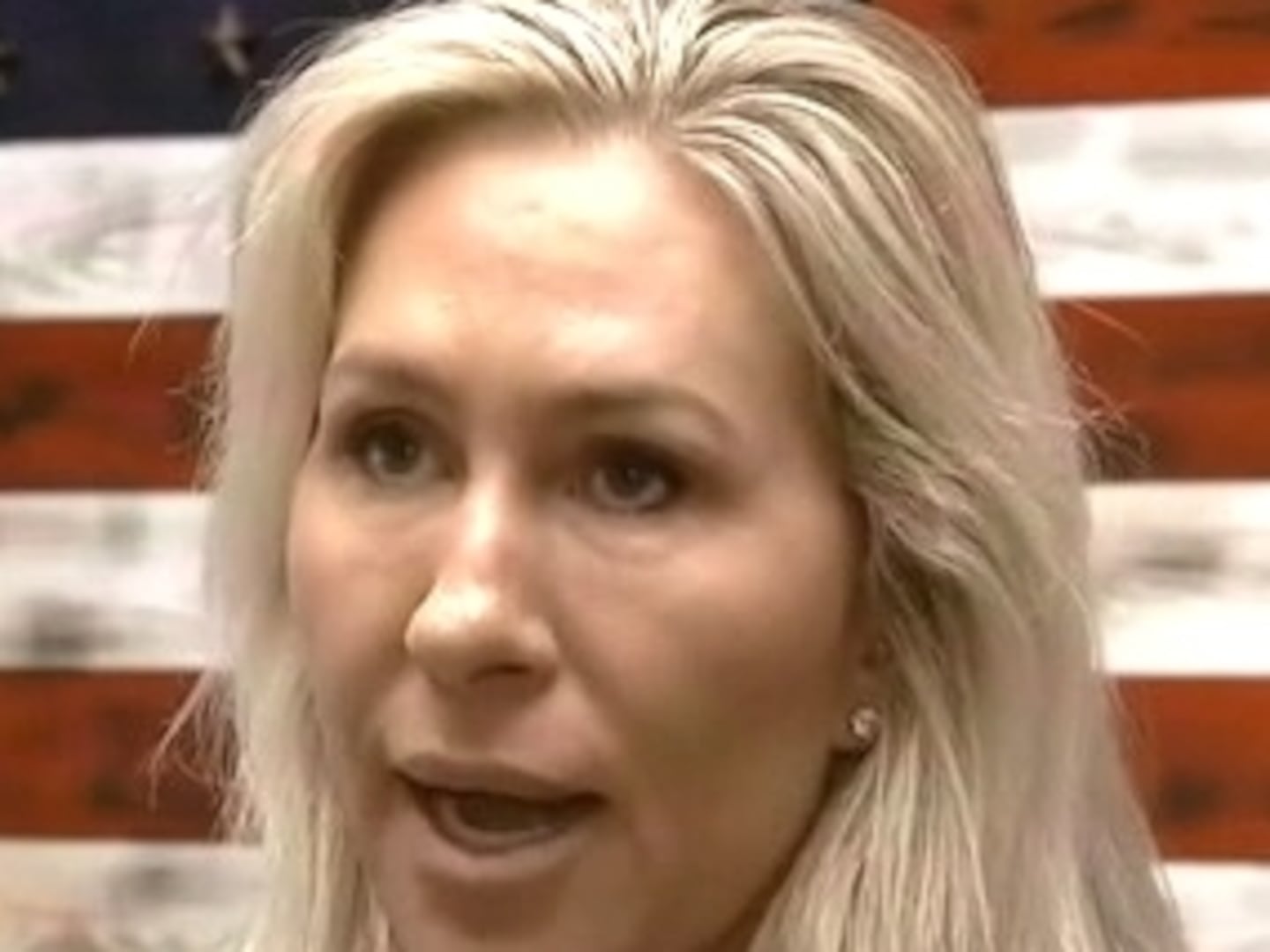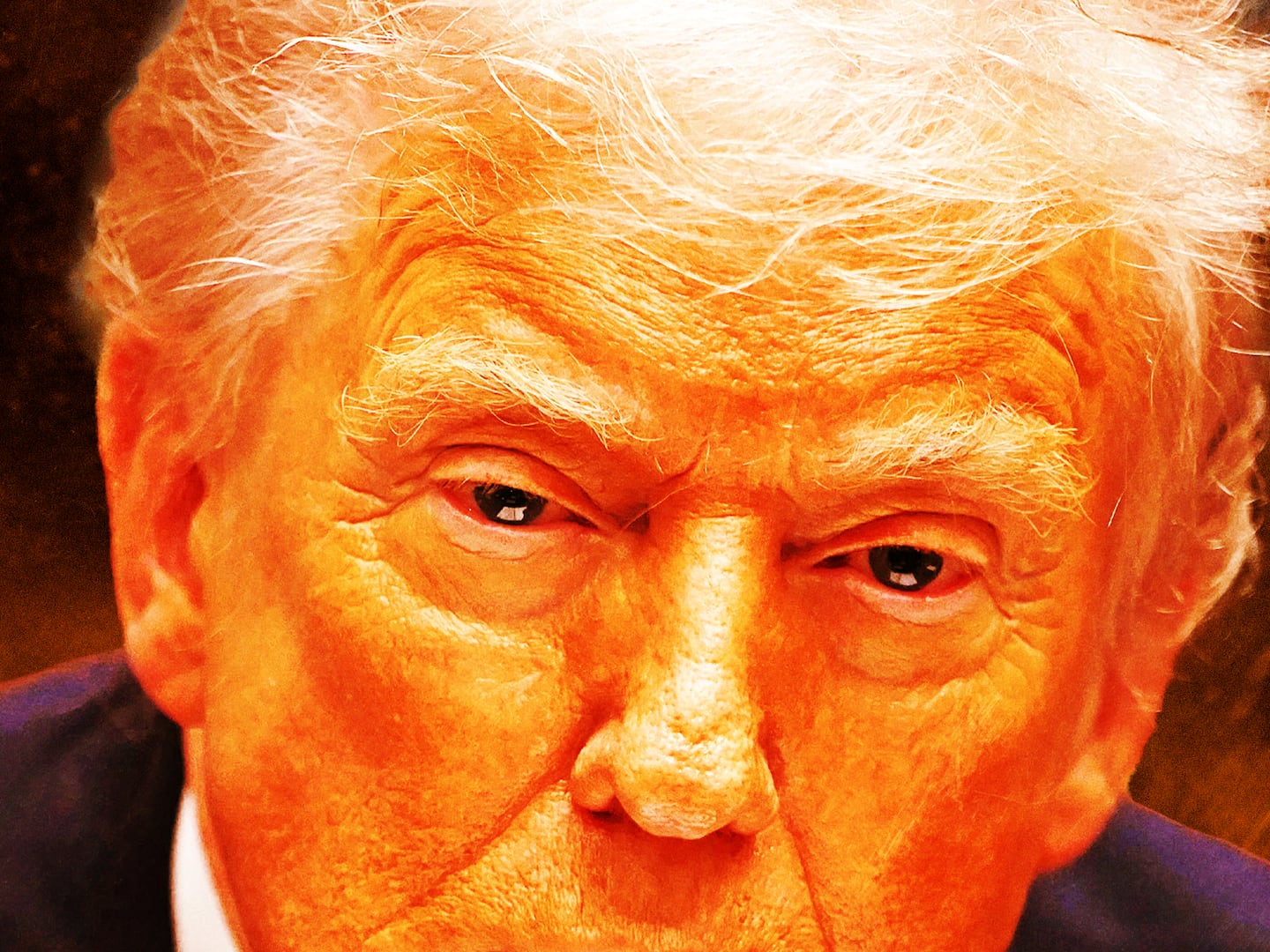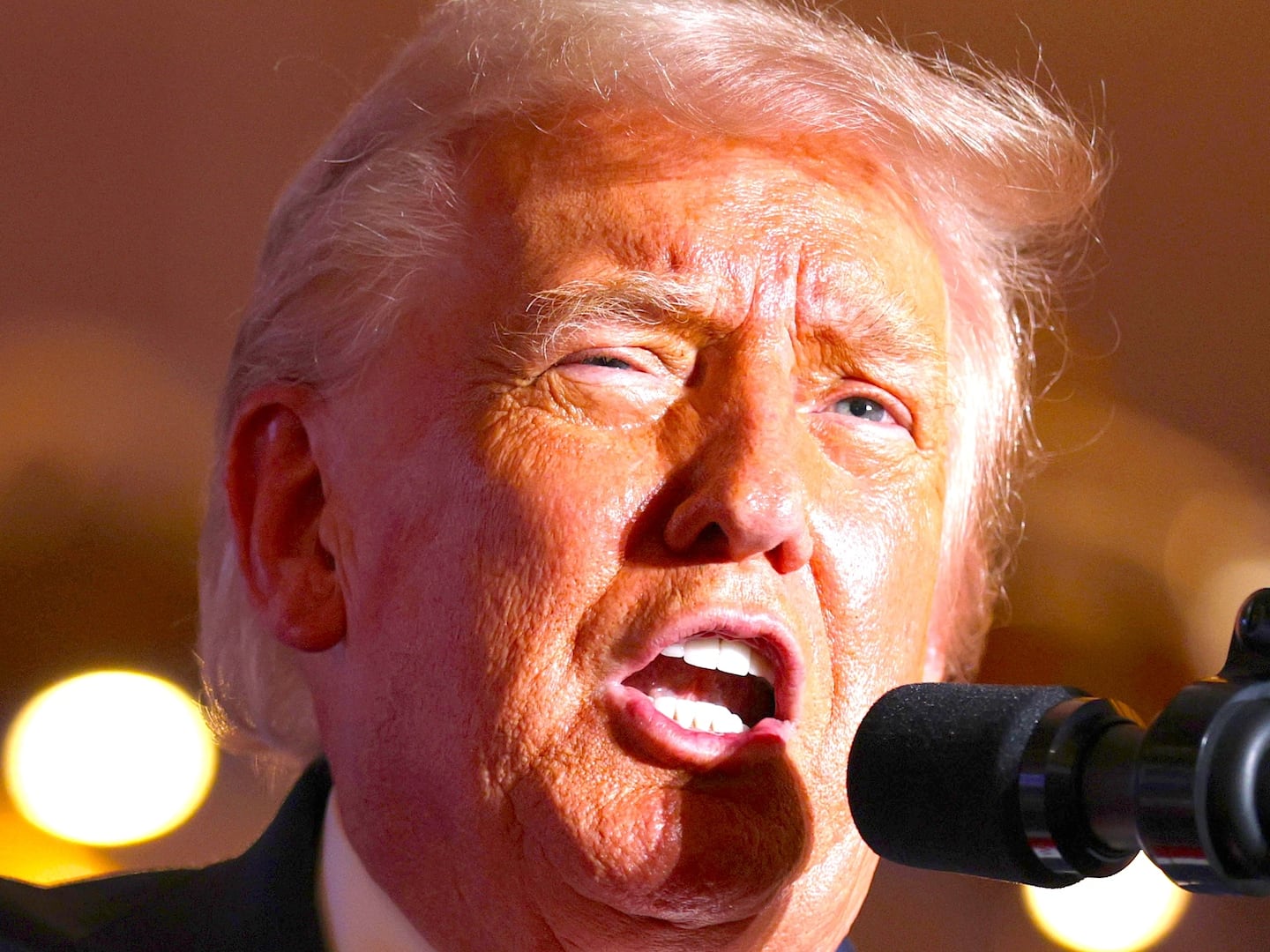The term populism has been thrown around a lot recently, especially regarding Steve Bannon and the candidates he has been proposing to run against “establishment Republicans” who currently hold seats in Congress. During his recent campaign for the Senate, Judge Roy Moore was regularly portrayed by Bannon as a populist—the kind of candidate who if seated, would champion the people rather than the elites.
But Moore himself did not run on traditional populist issues like opposing Wall Street or redistributing wealth. Instead, he emphasized social issues such as restricting the rights of Muslims, favoring harsh restrictions on immigration, opposing gay marriage and defying federal laws separating church and state.
But even if Moore was not the real deal, Bannon is on to something. As Joseph Lowndes put it in The Washington Post, “Right-wing populism has been an influential force in the GOP for decades, and now it’s dominant.” Bannon is now devoting himself to finding candidates to run against regular Republicans who will support Trump’s program that he implies is now being compromised. Whatever Trump says about it, however, the tax bill that just passed Congress cannot be considered populist. We know who the winners are.
In the meantime, Bannon, with an eye on 2020, appears to be presenting himself as a more authentic populist than Trump. It is Bannon who is supporting populist measures including massive funding for our decaying infrastructure and a new commitment to public schools rather than private and charter schools. He has also proposed increasing the marginal tax rate for upper income workers and even tried while he was still in the White House to woo radical journalist Robert Kuttner to join with him to work for wage protection and trade restrictions that would benefit workers.
Populism is by no means new. There was a time in our history when Huey Long became the single most influential and successful populist the country had ever seen. Long served as Louisiana’s Governor from 1928 until 1932, when he was elected to the Senate and in which post he remained until his death in 1935. Long was painted by his first biographer, T. Harry Williams (who won both the National Book Award in History and the Pulitzer Prize for his book on Long in 1969,) as a demagogue who used his office to enrich himself and buy politicians, as well as a populist who instituted major reforms benefiting the poor population of his state.
Long used his gubernatorial power to gain control over every aspect of government—firing people from established jobs, bringing in those who had supported him, and demanding kickbacks from every government appointee. He also used his power to put into effect massive reforms that brought his state into the modern world. He built hospitals, greatly expanded state funding for Louisiana State University, built its medical school, roads, bridges and hospitals, and received funding to build a new state capitol building. He also provided free schoolbooks paid out of the state’s expenditures. It was the kind of infrastructure spending Steve Bannon only talks about.
Once in the Senate, Long began an effort to do for the entire nation what he had done for Louisiana. At first, he supported FDR and the New Deal, but soon began to argue that because of his ties to the establishment and monied classes, Roosevelt would never support the kind of measures that were necessary to change America. In 1935, Long used his perch in the Senate to organize a mass movement, Share Our Wealth, that eventually had eight million members.
Challenging the New Deal from the left, Long and his movement proposed serious measures to redistribute wealth from the rich to the poor. Personal income should be capped at $50 million, Long proposed, while annual incomes could not go beyond $1 million and inheritances $5 million. Funds over those amounts were to be taken by the government and given in the form of a $5,000 grant to every American family. He also endorsed, like Bernie Sanders does today, free college education for every American, along with a month’s vacation for every worker, a strong fully funded pension system, and a work week that did not exceed 30 hours.
Arguing that FDR’s program was too limited, Long prepared to run for president in the 1936 election, and considered as his candidate for Vice-President the radio priest from Royal Oak, Michigan, Father Charles Coughlin. Like Long, Coughlin—who had millions of listeners and fans—first supported the New Deal before turning against it, arguing that FDR was selling out to the wealthy banks and businesses. In the Spring of 1935, Long took a tour of the country, asking audiences: “Do you believe in the redistribution of wealth?” They replied with a hearty “Yes!”
Roosevelt and the Democrats feared that Long could get enough votes in a national election to have a major effect on the Democratic Party’s chance to keep control of the government. The president wrote the U.S. Ambassador to Germany that if Long ran and got at least 3 million votes, a reactionary Republican would win the White House. He feared that would produce such mass protests that Long would then stage a coup and make himself a Hitler-type dictator. Americans would never know whether that would have occurred, since Long was assassinated while going into the Louisiana state capitol in 1935.
Steve Bannon only hopes for a movement as large and successful as the one Huey Long built. The various Tea Party groups that form the base of Bannon’s support add up to nowhere near the number of followers that Huey Long had. There is, however, another similarity between the Bannon forces and those of Long. Just as Bannon once said that Breitbart.com became an outlet for the alt-right; Long’s campaign began to move into the swamp of anti-Semitism, overt racism and neo-Nazism, and quickly became a conduit for already existing anti-black, anti-Semitic and anti-Catholic groups.
Coughlin referred to the New Deal as “the Jew Deal,” and to run the Share Our Wealth movement, Long hired a minister named Gerald L.K. Smith, a man who was known as America’s most prominent anti-Semite. Later in the 1940s, Smith even joined an organization modeled on the Nazi Party in Germany, called the Silver Shirts.
It is hard to know if Steve Bannon will eventually pose a similar threat to Donald Trump as Huey Long did to FDR before Long’s assassination. Journalist Gabriel Sherman, who just spent some time with Bannon, isn’t sure. He writes: “Rage-stoking is not populism, and politicians Bannon has backed mainly seem interested in pissing off liberals, rather than passing legislation that fundamentally makes America a more equitable society.”
Sherman is correct when he writes that Bannon is on economic issues far to the left of Trump and regular conservative Republicans, just as Marine LePen was in France. French political writer Christopher Guilluy emphasizes that LePen ran to the left of the other establishment candidates in France on economic issues, and had even gained the support of French workers who previously voted Communist.
Now that the GOP has passed a traditional help-the-rich tax bill, its claim to populism is over. Since Trump sees this as a win, he too will likely be considered as more of a regular conservative Republican than a populist. That leaves Steve Bannon as the man to be watched, and who may use the populist movement to himself challenge both the Republican and Democratic presidential candidates in 2020.






